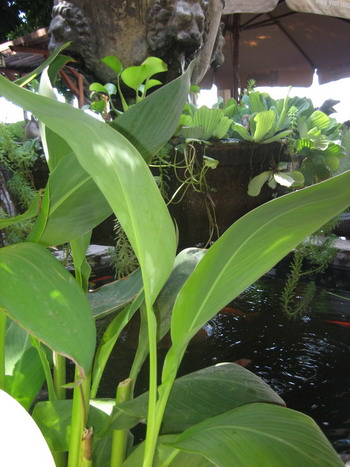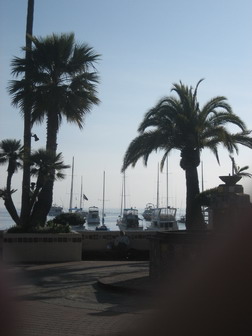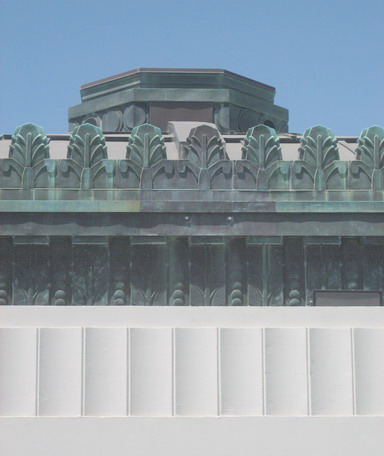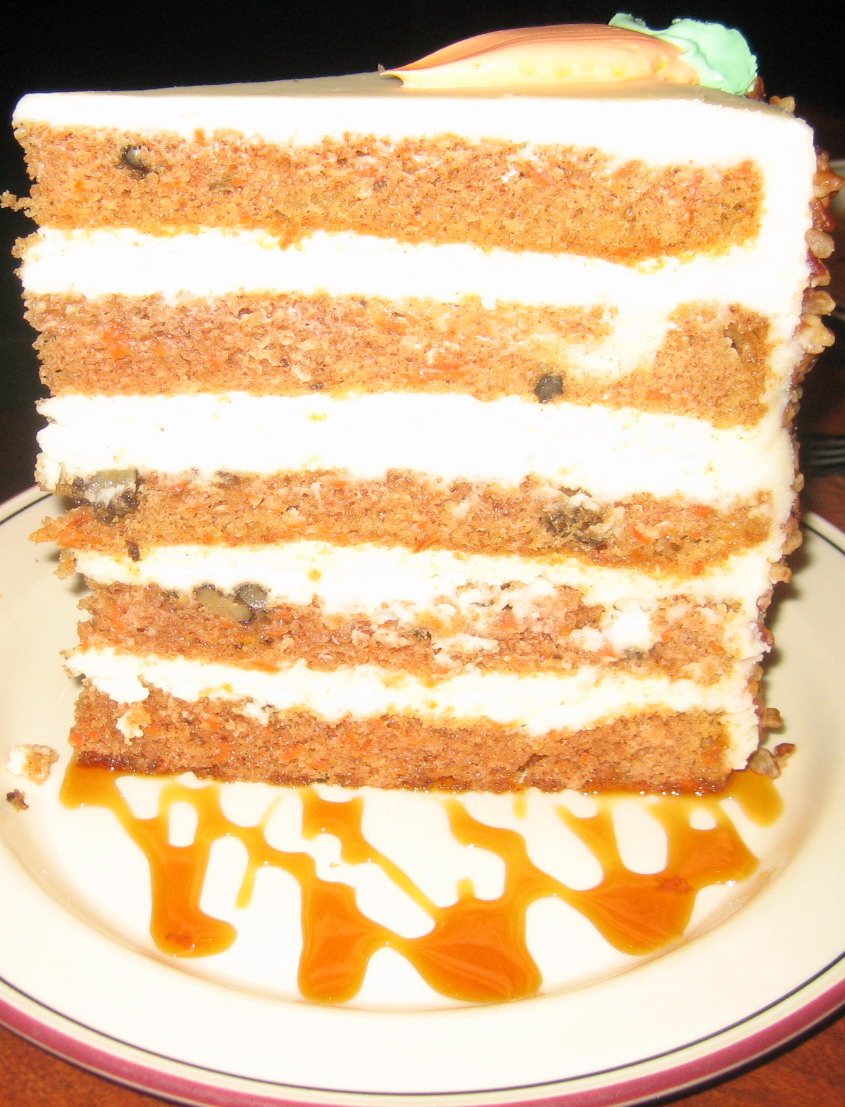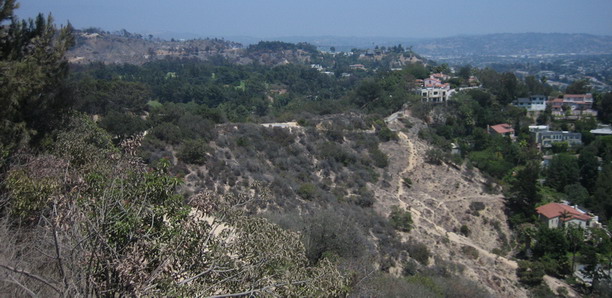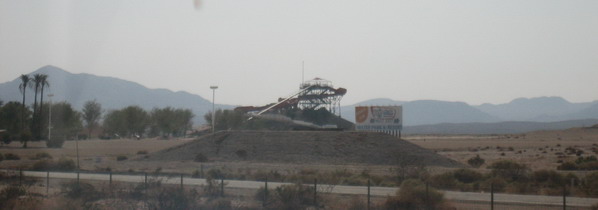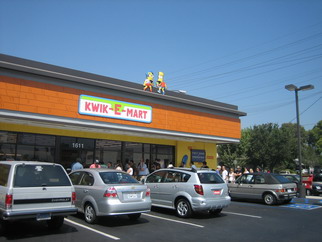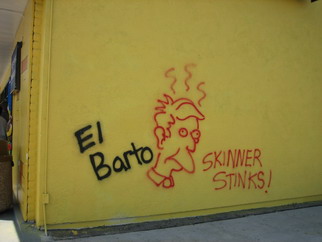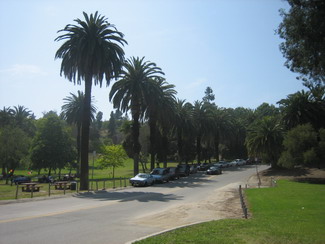I used to not mind flying. In fact I clocked up many a mile, both on business and private travel. Of course that was in the good old days prior to excessive “security measures.” Even though I am all for security – well, who isn’t, we all want to arrive safely at our destination – some of the measures border on the ridiculous in my opinion. Hence, if possible, I avoid flying. Especially from and to major airports. I am not a glutton for cruel and unnecessary torture in the form of demeaning demands one has to oblige and an endless waste of time.
Which does not mean that I am no longer interested in aviation. In fact, Southern California and aviation go hand in hand. Aviation was one of the growth factors, an industry which drew people from all over the US to come here and find work. On average I would assume that those folks had more luck than those who came here to seek their luck in that other huge industry, the movie business. But that is another story altogether.
Anyway, aviation. Airports. Naw, not LAX. The only nice thing I have to say about that location is that one finds the Encounter-Restaurant there. I mean the very first airport with a paved runway west of the Rocky Mountains. That would be Grand Central Airport in Glendale. Although the runway existed since 1923, the actual terminal was not finished until 1928, when the airport was officially opened. It operated until 1959 and was then closed, as the runway was too short for jet planes. As a funny aside, the site, where LAX opened in 1946 for commercial air travel, was called Mines Field. And yes, I can just image what a smooth ride landing and taking off from a runway must have been with a name like that.
So Grand Central Airport closed down. The terminal is still standing, although it is crumbling a bit around the edges. The details of the tower are quite, quite beautiful.

No, in comparison LAX does not quite cut it. No winged creatures to be found there, decorating the tower.
